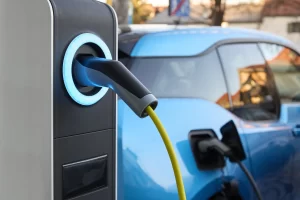Understanding the Importance of Electric Cable Wire in Modern Technology
 In today's rapidly evolving technological landscape, the significance of electric cable wire cannot be overstated. As industries increasingly lean towards automation, renewable energy systems, and high-speed communication networks, the demand for reliable and efficient electric cable wires has surged. According to a report by Allied Market Research, the global market for electric cables is projected to reach $219 billion by 2025, growing at a compound annual growth rate (CAGR) of over 6%. This remarkable growth underscores the pivotal role that electric cable wire plays in enabling the infrastructure needed for innovative technologies.
In today's rapidly evolving technological landscape, the significance of electric cable wire cannot be overstated. As industries increasingly lean towards automation, renewable energy systems, and high-speed communication networks, the demand for reliable and efficient electric cable wires has surged. According to a report by Allied Market Research, the global market for electric cables is projected to reach $219 billion by 2025, growing at a compound annual growth rate (CAGR) of over 6%. This remarkable growth underscores the pivotal role that electric cable wire plays in enabling the infrastructure needed for innovative technologies.
Furthermore, with the advent of smart cities and the Internet of Things (IoT), the demand for high-performance electric cable wire has intensified. Modern applications require cables that can support higher voltages and data transmission speeds while maintaining safety and durability. The International Energy Agency reports that investments in power transmission and distribution infrastructure, which heavily rely on electric cable wire, are expected to exceed $800 billion annually. This statistic reflects not only the essential nature of these components but also their impact on enhancing operational efficiency and sustainability in various sectors.
As we delve deeper into the nuances of electric cable wire, we will explore the different types available, their applications, and their critical contributions to modern technology. Understanding these facets is crucial for industry stakeholders, from manufacturers to end-users, as they navigate the complexities of today's interconnected world.
The Role of Electric Cable Wire in Power Distribution Systems
Electric cable wire plays a crucial role in modern power distribution systems, especially in the context of the growing focus on renewable energy and sustainable practices. With India aiming to transform its power sector into a secure and sustainable ecosystem, the demand for efficient power distribution is on the rise. According to a recent market size report, the global power distribution twisted cables market was valued at approximately USD 11.64 billion in 2024 and is projected to grow at a compound annual growth rate (CAGR) of 5.2% through 2030. This growth can be attributed to the increasing investments in renewable energy sources such as solar, wind, and hydropower, which require robust cable systems to effectively transmit power over vast distances.
Moreover, as electric wiring harnesses continue to evolve, they not only improve the efficiency of electricity flow through various applications, including vehicles and industrial machinery, but also contribute significantly to the overall reliability of power distribution networks. The shift towards a digitally-enabled ecosystem, particularly in emerging markets, emphasizes the importance of high-quality electric cable wires in ensuring a seamless energy transition. With the rise of new technologies and greener practices, the demand for innovative wiring solutions is set to expand, marking a significant opportunity for industry stakeholders in enhancing infrastructure reliability and sustainability.
Essential Properties and Specifications of Electric Cable Wire
Electric cable wire plays a crucial role in modern technology, functioning as the backbone of our electronic and electrical systems. Understanding the essential properties and specifications of electric cable wire is vital for ensuring optimal performance and safety. Key properties include conductivity, insulation, flexibility, and resistance to environmental factors. Copper and aluminum are commonly used conductors, each offering unique advantages. While copper has superior conductivity and durability, aluminum is lighter and less expensive, often used in overhead power lines.
When selecting electric cable wire, it’s important to consider the wire gauge, which determines the current-carrying capacity. A lower gauge means a thicker wire, suitable for higher currents, while higher gauges are used for smaller loads. Additionally, insulation materials such as PVC or XLPE protect against moisture, heat, and chemical exposure, ensuring longevity.
**Tip:** Always match the cable wire specifications with the requirements of your application to avoid overheating and electrical failures. Regularly inspect cable wires for signs of wear and tear to maintain safety and efficiency in your systems.
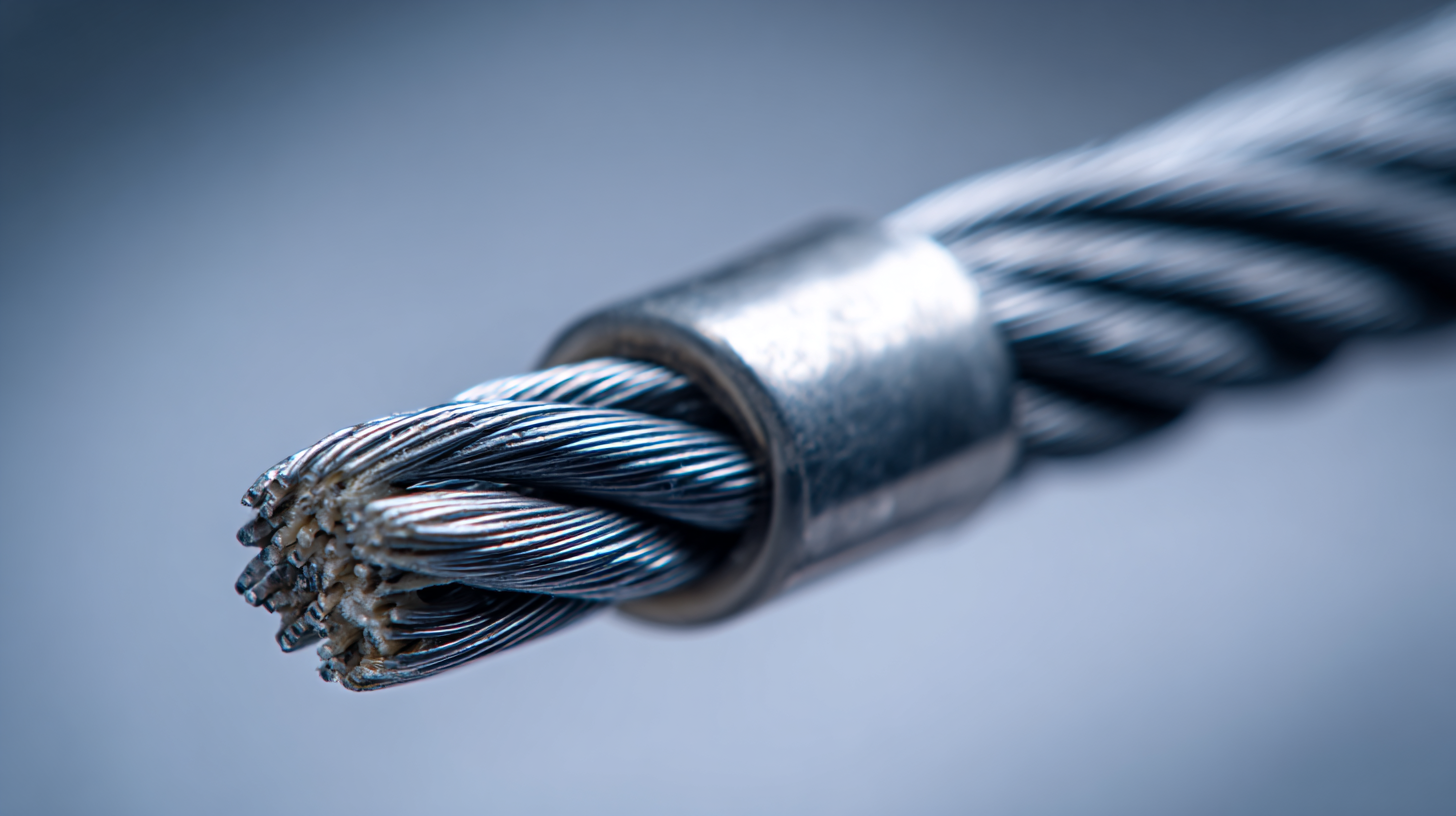
How to Select the Right Electric Cable Wire for Your Project
Selecting the right electric cable wire for your project is crucial for ensuring safety, efficiency, and performance in modern technology applications. The North American electrical conduit market is projected to reach a value of $1.74 billion in 2024, illustrating the robust growth and demand for quality electrical components. When choosing electric cable wire, it is essential to consider factors such as the wire's insulation type, ampacity, and the environment in which it will be used.
Tips: Always refer to industry standards and specifications to determine the appropriate cable size and type for your specific project needs. Additionally, consider the supplier’s reputation and track record in the industry, as this can significantly impact the reliability of your installation. For instance, companies like Shenyang Lianxun Cable Manufacturing Co., Ltd. are emerging as key players by offering customized solutions that adhere to rigorous technical standards.
Furthermore, understanding the competitive landscape in the cable market, such as the importance of submarine cables in deep-sea technology, enhances your knowledge as a consumer. Submarine cables play an integral role in data transmission and power delivery within the deep-sea economy, reflecting the demand for high-quality electrical components. By prioritizing the selection of the right electric cable wire, you contribute to the efficiency and success of your technological projects.
Understanding the Importance of Electric Cable Wire in Modern Technology - How to Select the Right Electric Cable Wire for Your Project
| Cable Type | Application | Voltage Rating (V) | Conductor Material | Insulation Type |
|---|---|---|---|---|
| Single-Core Cable | Residential Wiring | 600 | Copper | PVC |
| Multi-Core Cable | Industrial Machines | 1000 | Aluminum | XLPE |
| Armoured Cable | External Underground Use | 400 | Copper | PVC/XLPE |
| Flextime Cable | Power Tools | 250 | Copper | Rubber |
| Coaxial Cable | Television and Data Transmission | 75 | Copper/Aluminum | PVC |
Innovative Applications of Electric Cable Wire in Modern Electronics
Electric cable wire plays a pivotal role in the realm of modern electronics, especially with the growth of innovative applications in various sectors. The increasing focus on renewable energy solutions, like solar, wind, and hydropower, highlights the necessity for high-quality electric cables that can withstand diverse environmental conditions. These advancements not only enhance energy efficiency but also support sustainable practices, driving the market's expansion.
In addition to new technologies, such as high-voltage safety devices, there are creative ways to utilize existing cables in your home. For instance, instead of discarding old cables, consider trimming them down for innovative gardening solutions. They can effectively support climbing houseplants, providing both functional and aesthetic benefits. Furthermore, tiny pieces of copper from the wires can be repurposed for various DIY projects, encouraging a mindset of reuse and sustainability.
To maximize cable management at home, consider investing in essential tools like cable clips and organizers. These tools can help keep your living space tidy and reduce the visual clutter caused by numerous wires. Simple hacks such as labeling cables or using zip ties can also make maintenance easier, allowing you to enjoy a more organized environment while embracing the innovative potential of electric cable wire.
Understanding the Importance of Electric Cable Wire in Modern Technology
Maintenance Tips for Ensuring Longevity of Electric Cable Wire Usage
Maintaining electric cable wire is crucial for ensuring its longevity and optimal performance in modern technology. Proper care can prevent wear and tear, which is essential for both safety and efficiency. One effective maintenance tip is to regularly inspect the cables for any signs of damage, such as fraying or cracking. Addressing these issues immediately helps prevent further deterioration or potential hazards.
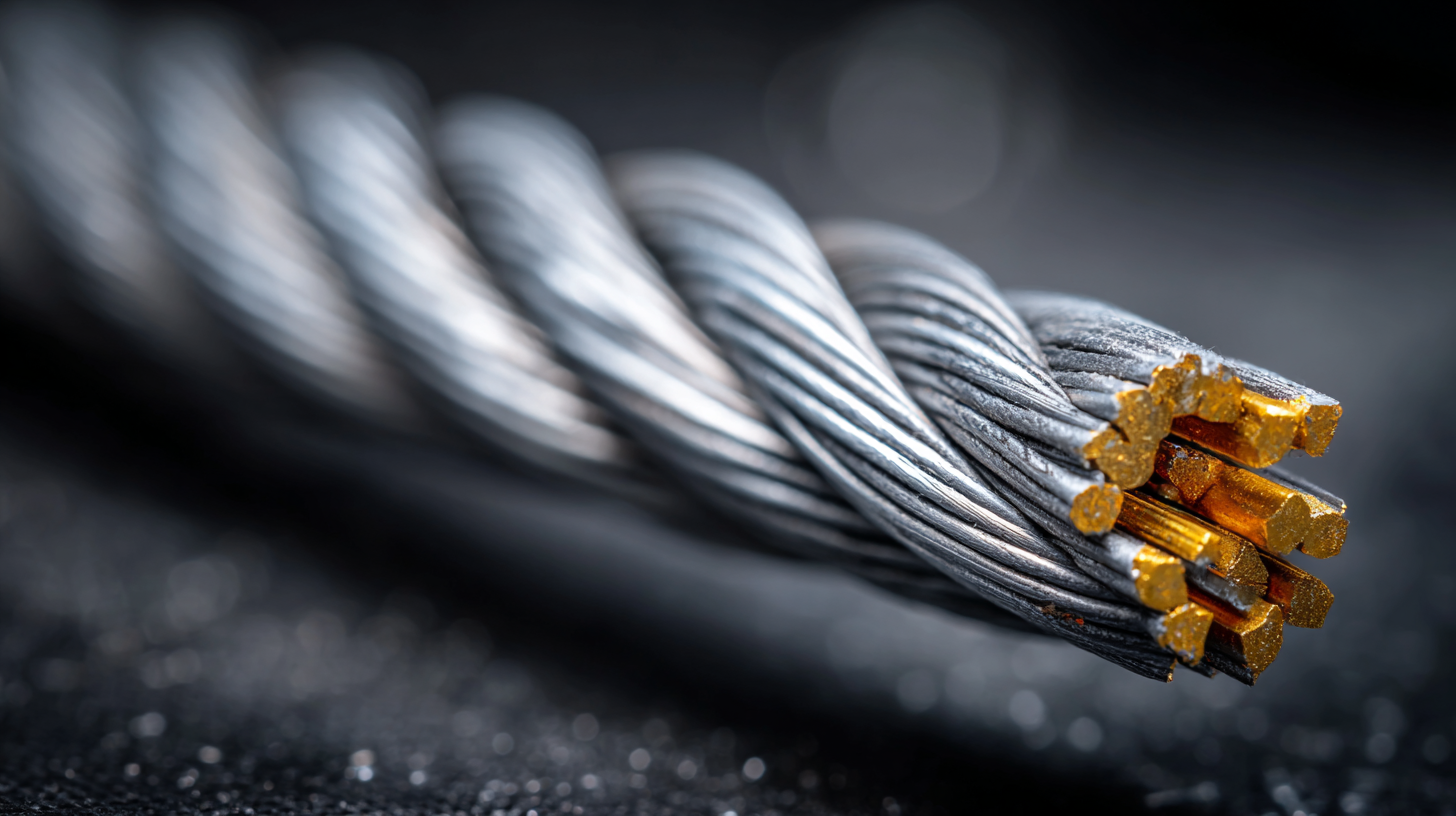
Another important aspect of cable maintenance is proper storage. Always store electric cables in a cool, dry place to avoid exposure to moisture or extreme temperatures that can weaken the insulation. Additionally, avoid tight bends or kinks when coiling the cables, as this can lead to internal breaks and affect conductivity over time. By following these practices, users can extend the life of their electric cable wire and ensure it continues to support modern technology effectively.
Related Posts
-
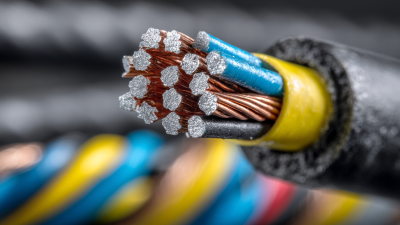
Understanding the Essential Role of Wire and Cable in Modern Technology Systems
-

Exploring the Role of Cable Suppliers in Sustainable Energy Solutions
-

Understanding Multi Conductor Cables: Essential Tips for Effective Electrical Wiring
-

Understanding Lead Cables: Essential Insights for Safe Electrical Installations
-
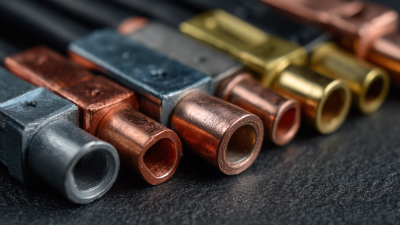
Maximizing Safety and Efficiency: The Essential Guide to Choosing Electrical Wire Connectors in 2023
-
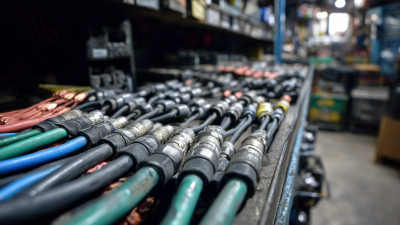
Essential Automotive Cable Maintenance Tips for a Smooth Ride
